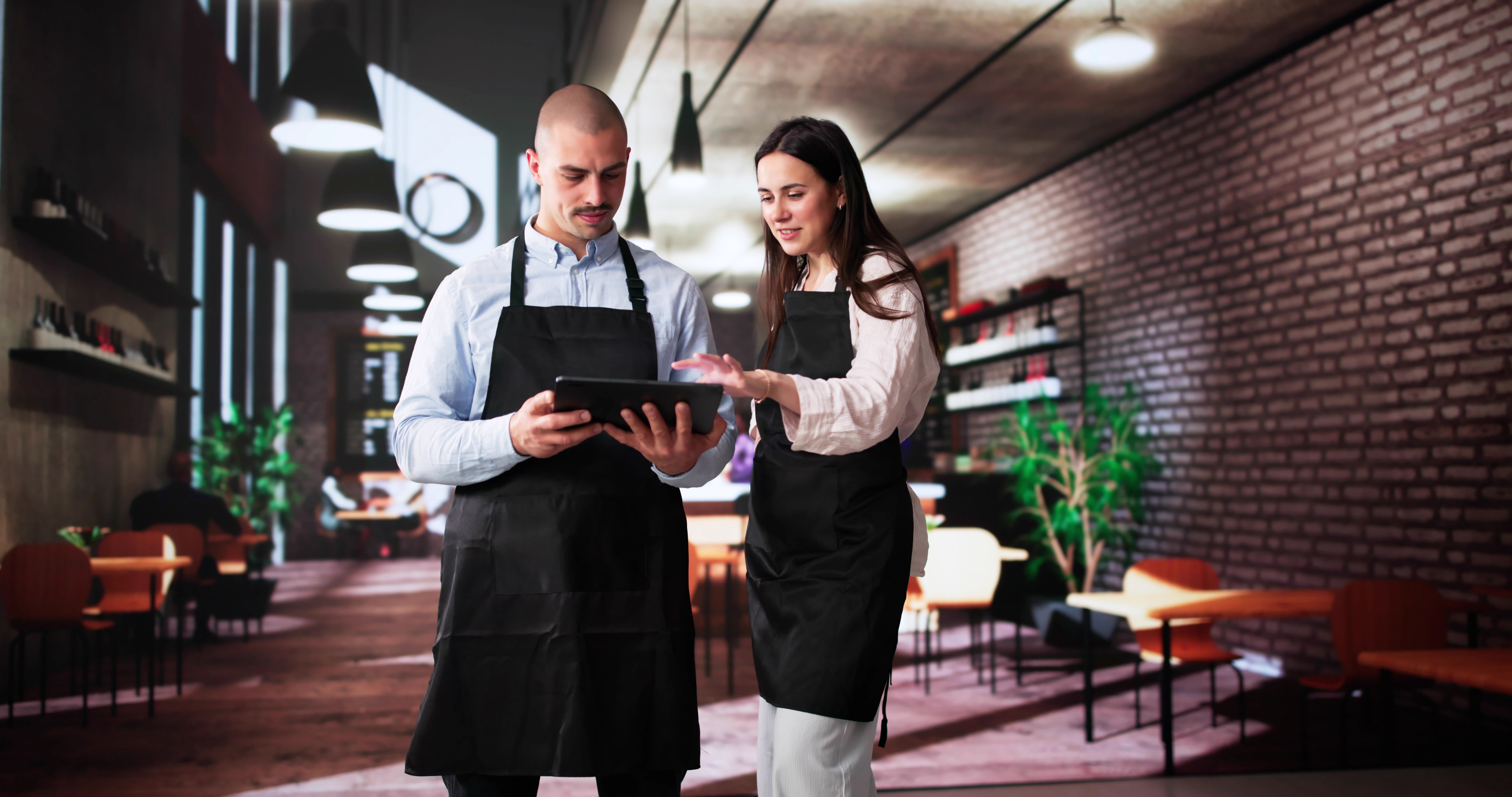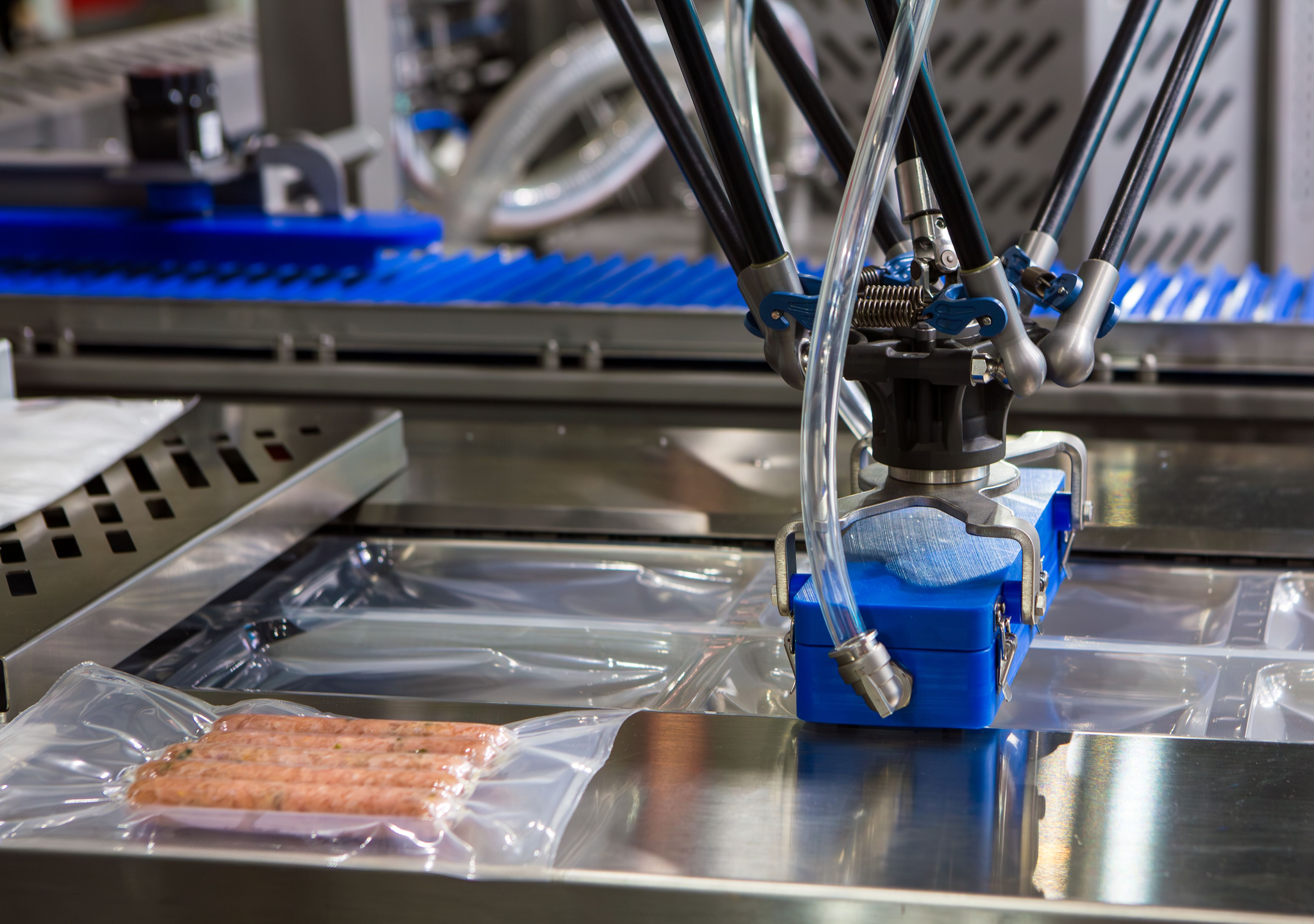Onboarding Restaurants: The Food Delivery Process Explained
Understanding the Onboarding Process for Restaurants
As the demand for food delivery services continues to grow, restaurants are increasingly recognizing the importance of partnering with delivery platforms. This partnership can be a game-changer for restaurants, allowing them to reach a wider customer base and increase revenue. However, successfully onboarding and navigating the food delivery process can be daunting for those unfamiliar with it. Here, we break down the essential steps and considerations involved in integrating a restaurant into a food delivery platform.

The Initial Setup
The first step in the onboarding process is to choose the right delivery platform(s) to partner with. Restaurants should evaluate platforms based on their target audience, fees, and terms of service. Once a decision is made, the restaurant will need to create a profile on the platform, providing critical information such as location, hours of operation, and contact details.
Next, it's important to upload a comprehensive menu. This includes ensuring that all items are accurately described, priced, and categorized. High-quality images of the dishes can also enhance the menu's appeal to potential customers. Some platforms offer professional photography services to help with this aspect.
Integrating Technology
For seamless order processing, restaurants must integrate their point of sale (POS) systems with the delivery platform's technology. This integration allows orders to be automatically sent to the kitchen, minimizing errors and improving efficiency. Some platforms provide their own tablets or software for this purpose, while others may require compatible POS systems.

Training staff on how to use the platform's technology is crucial. Employees need to understand how to manage incoming orders, update menu items, and handle customer inquiries through the platform. Proper training ensures that the team can effectively manage delivery operations alongside in-house dining services.
Optimizing Operations
Once the technological setup is complete, it's time to optimize operational processes for delivery service. This involves organizing the kitchen workflow to accommodate both dine-in and delivery orders efficiently. Implementing a clear system for packaging and labeling orders can prevent mistakes and enhance customer satisfaction.
Consideration should also be given to the packaging itself. High-quality packaging not only preserves food quality during transit but also contributes to a positive customer experience. Some restaurants opt for eco-friendly options to appeal to environmentally conscious consumers.

Monitoring Performance and Feedback
After launching on a delivery platform, ongoing monitoring of performance is essential. Most platforms provide analytics tools that offer insights into order volume, customer demographics, and peak ordering times. Analyzing this data can help restaurants make informed decisions about menu adjustments and marketing strategies.
Customer feedback is invaluable for continuous improvement. Encourage customers to leave reviews and ratings on the platform and take their comments seriously. Addressing concerns promptly and making necessary changes can lead to improved ratings and increased customer loyalty.
Marketing Your Delivery Service
Effective marketing strategies can significantly boost a restaurant's visibility on delivery platforms. Participating in promotions or offering exclusive deals can attract new customers and encourage repeat orders. Additionally, leveraging social media to showcase popular dishes or share customer testimonials can enhance brand recognition.
Finally, maintaining a consistent online presence is key. Regularly updating social media profiles and engaging with customers online can foster a sense of community and keep your restaurant top-of-mind for food delivery options.
